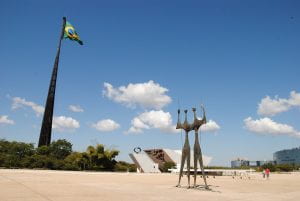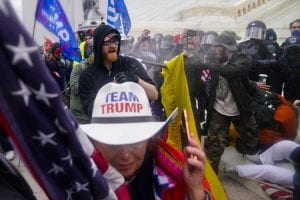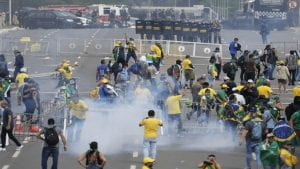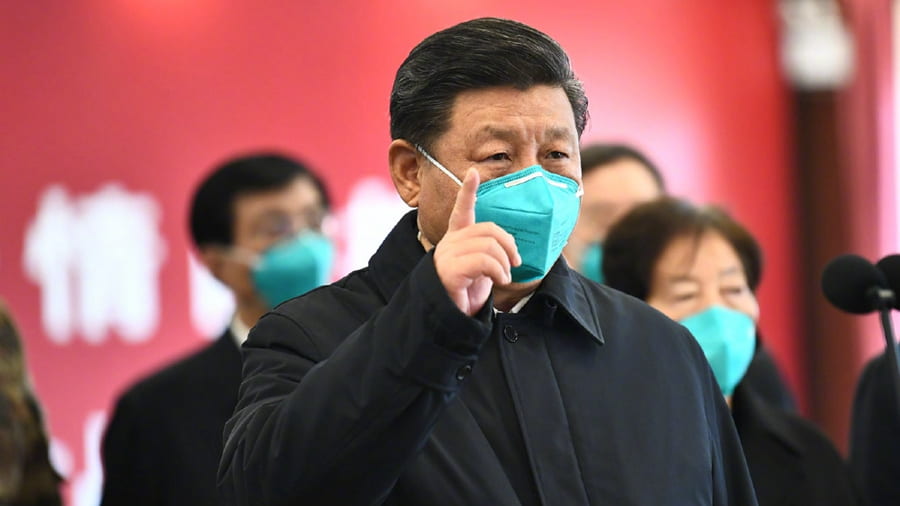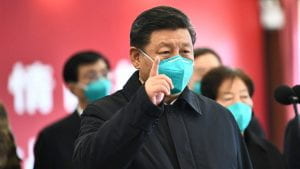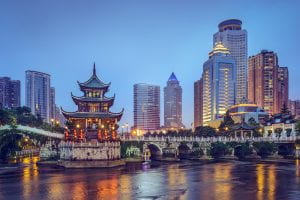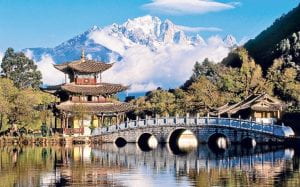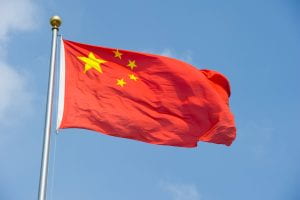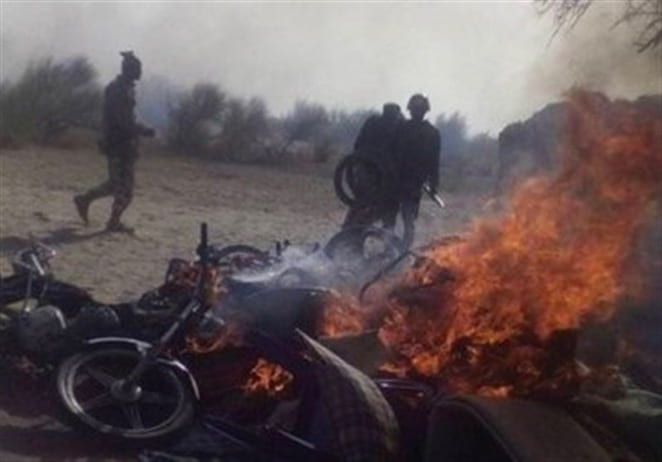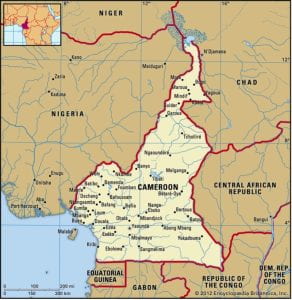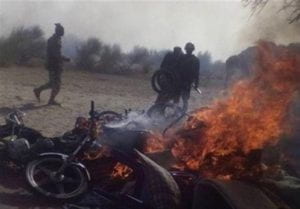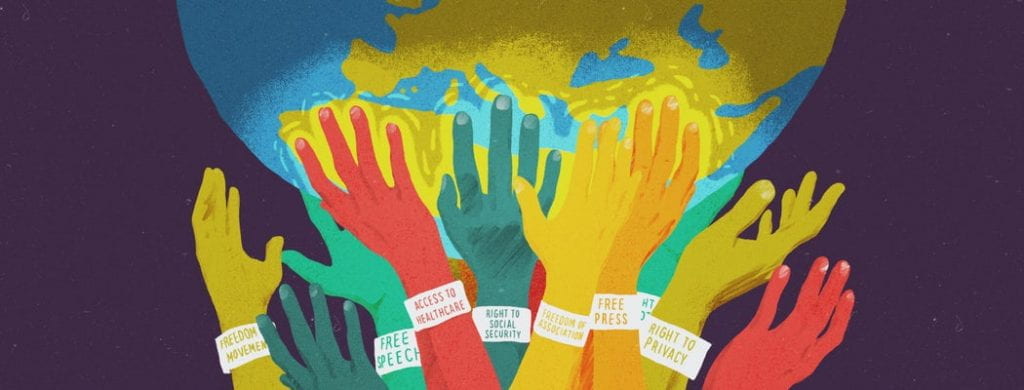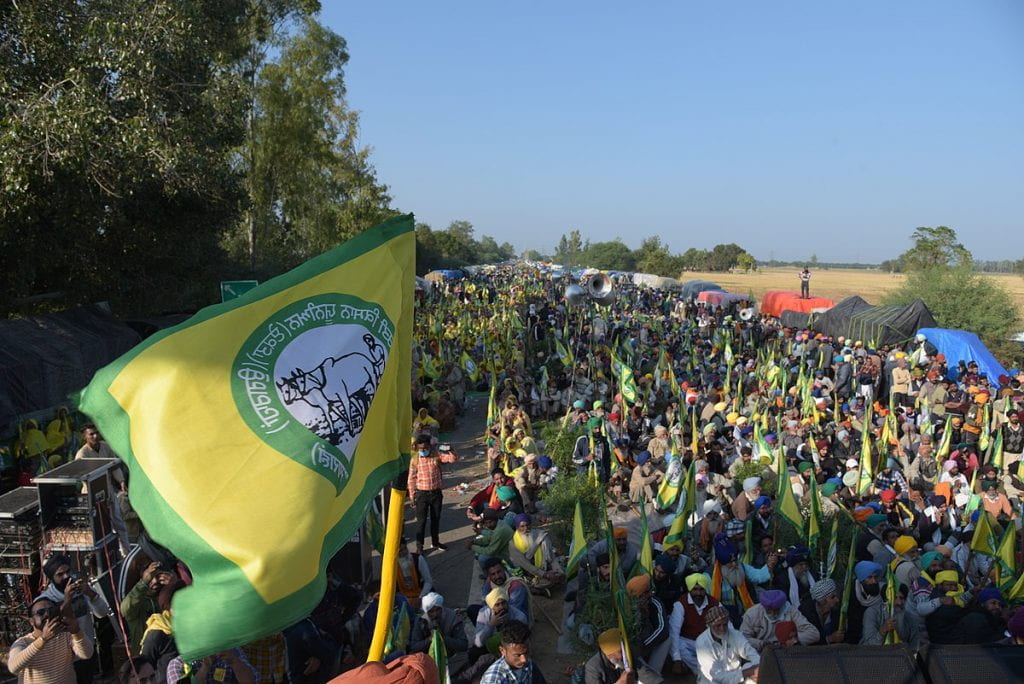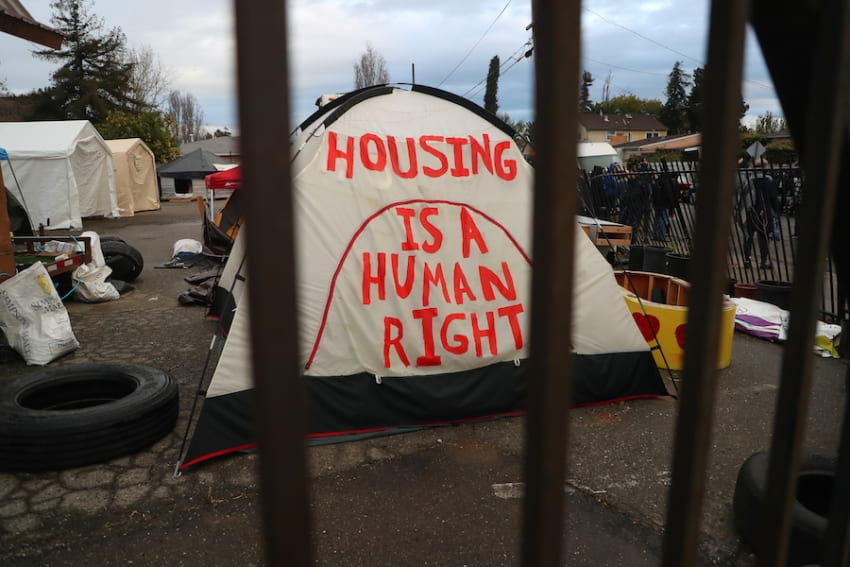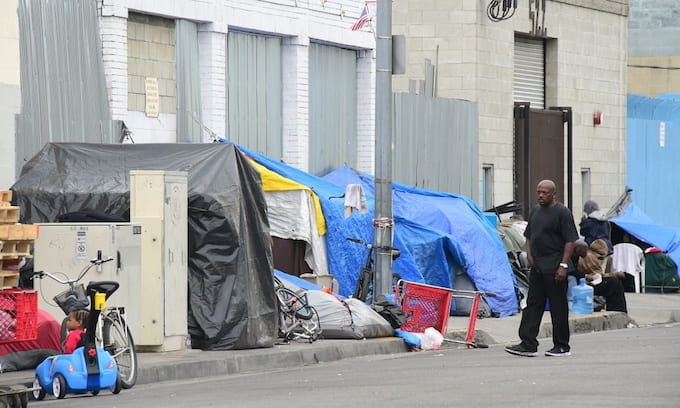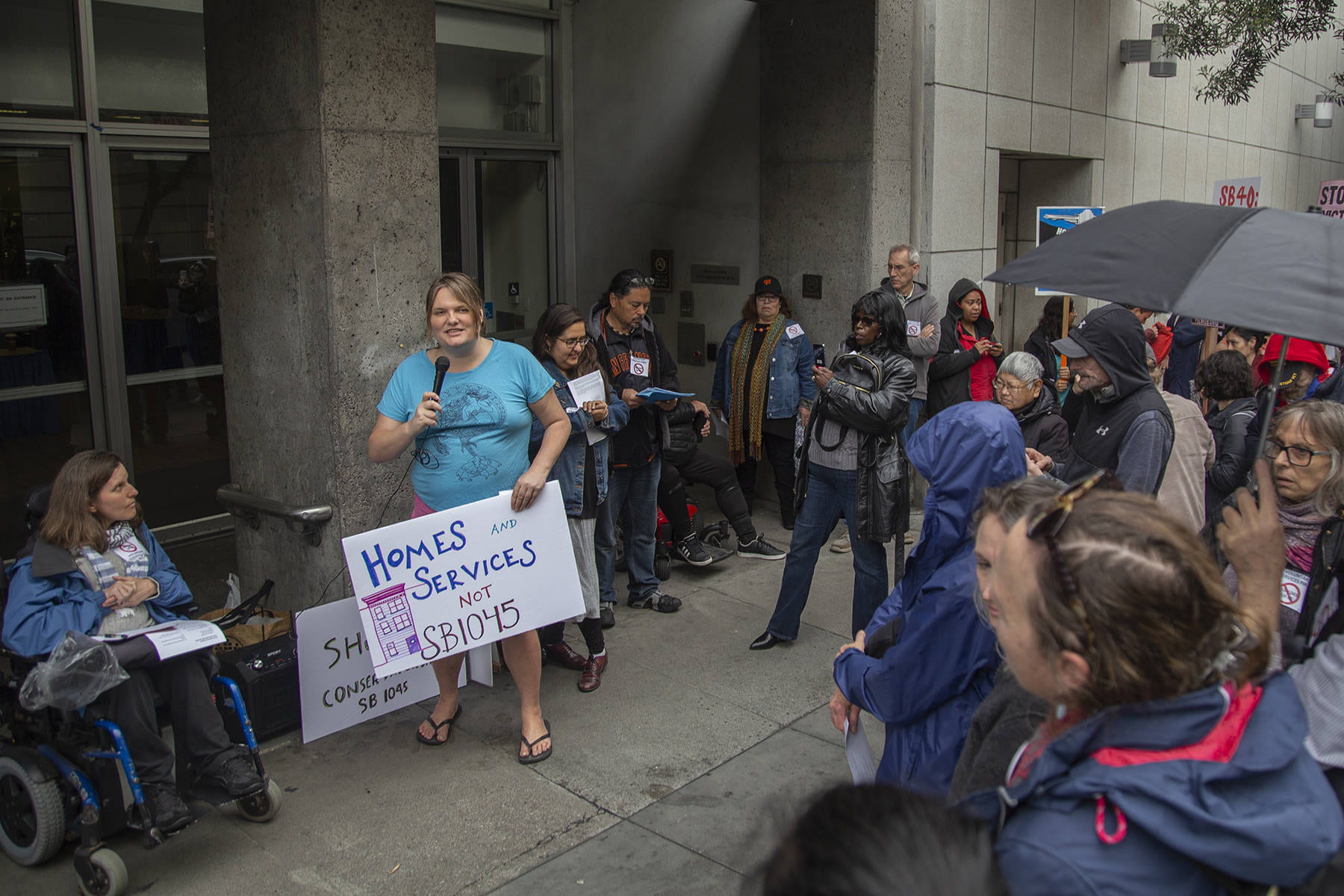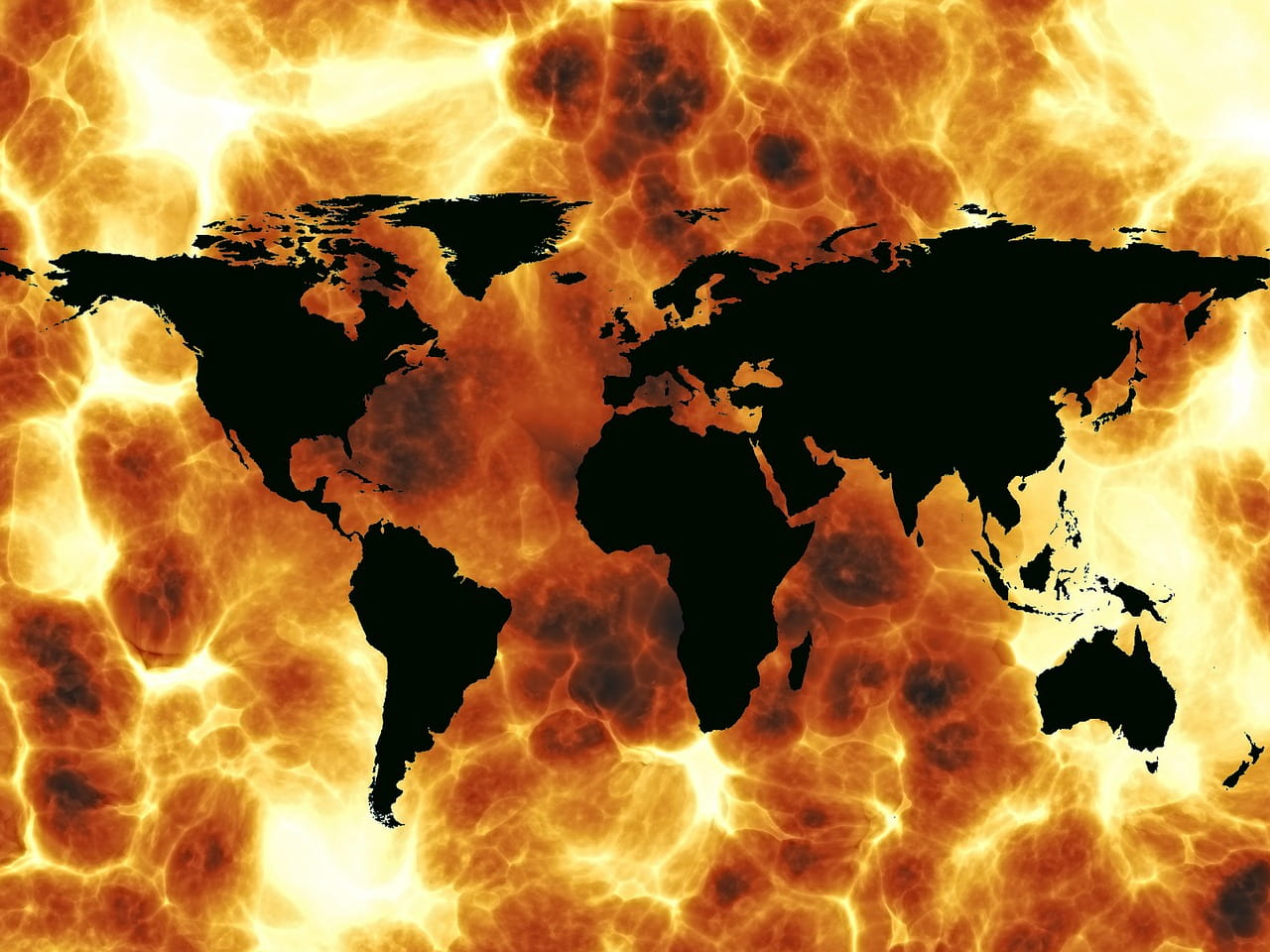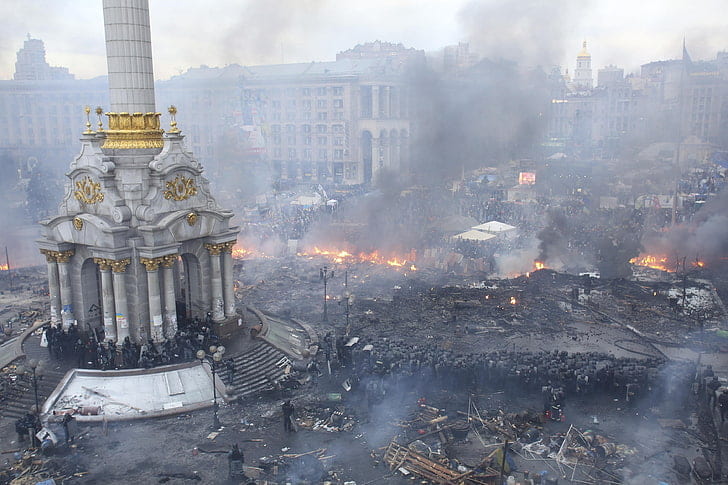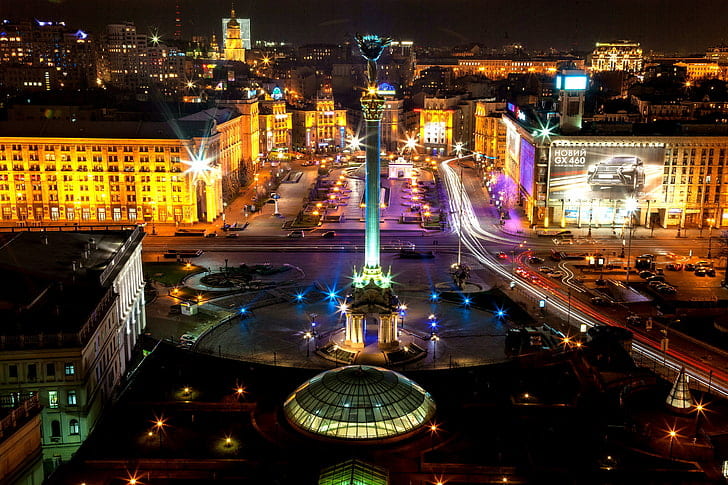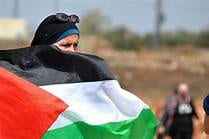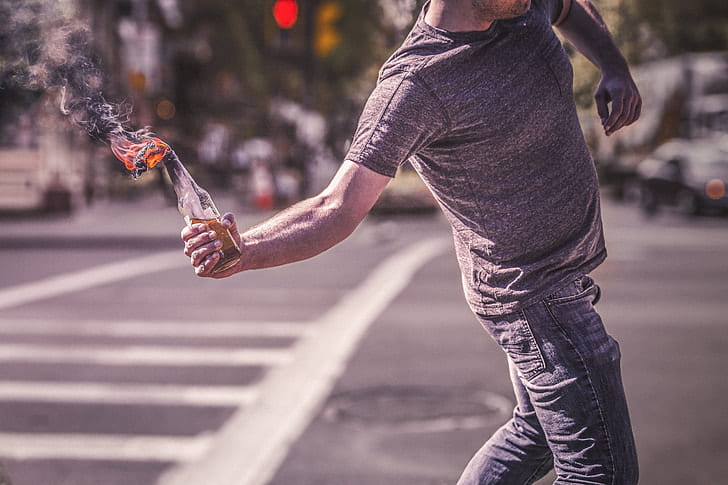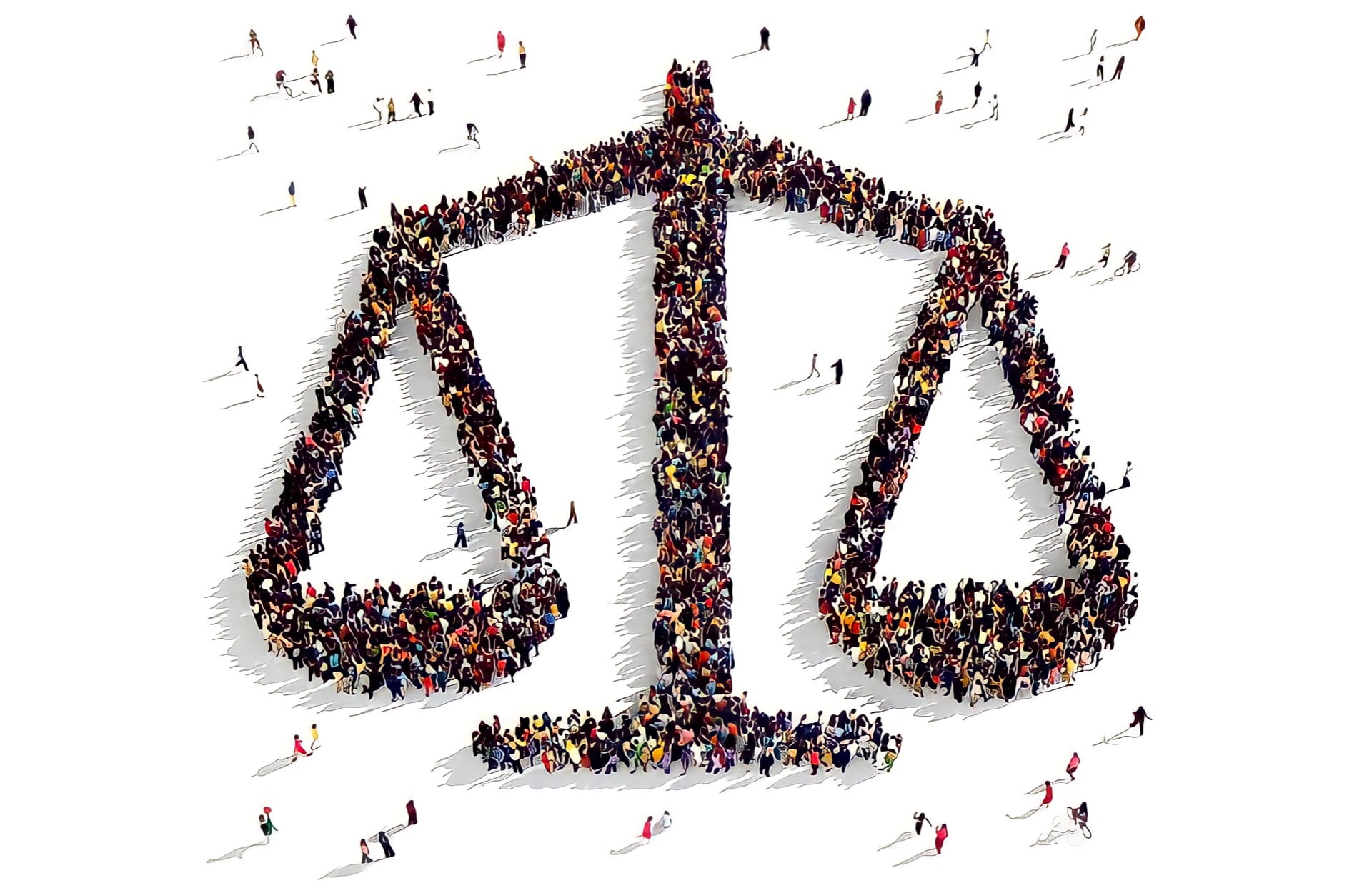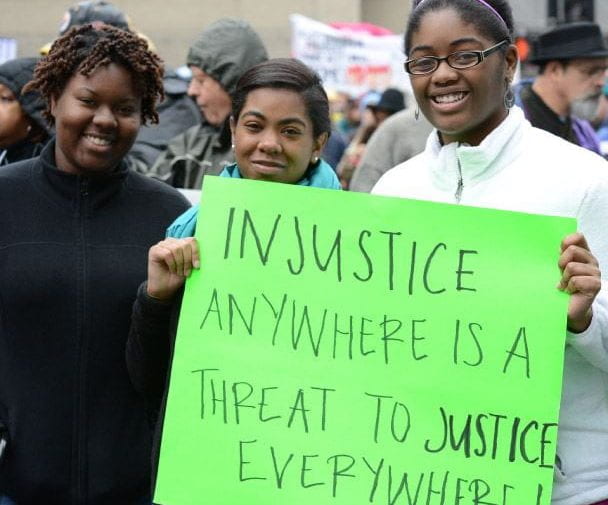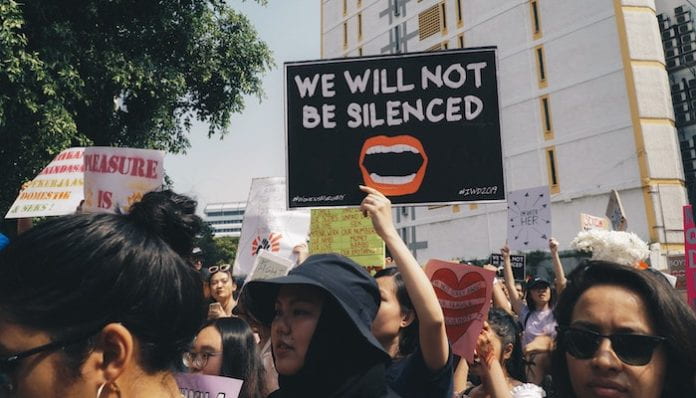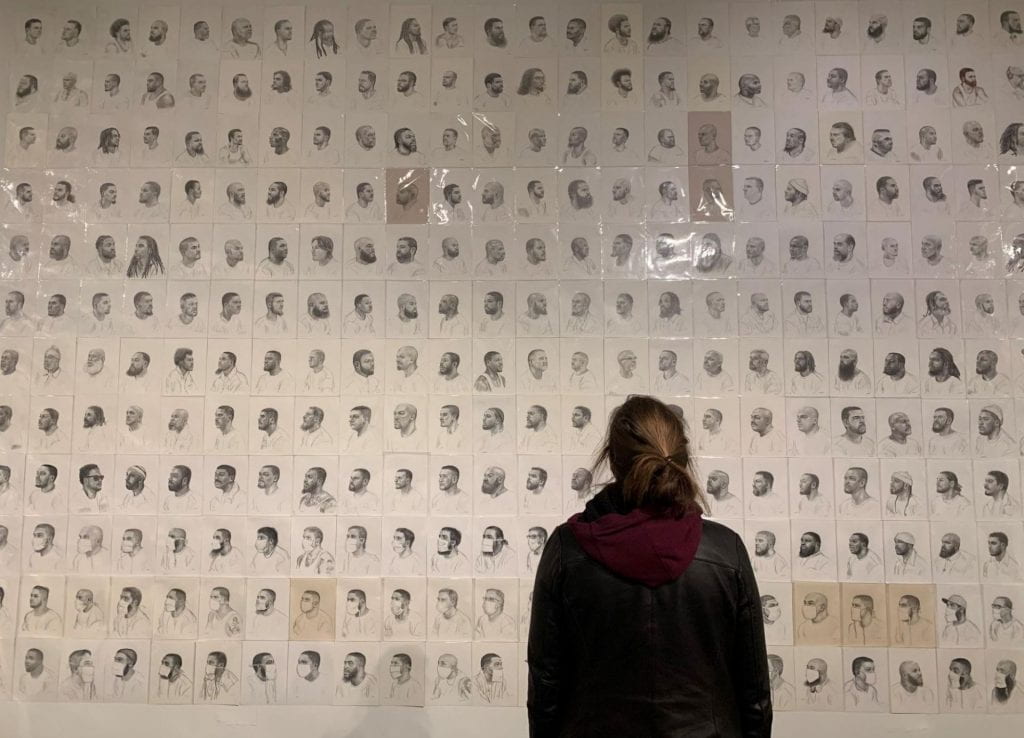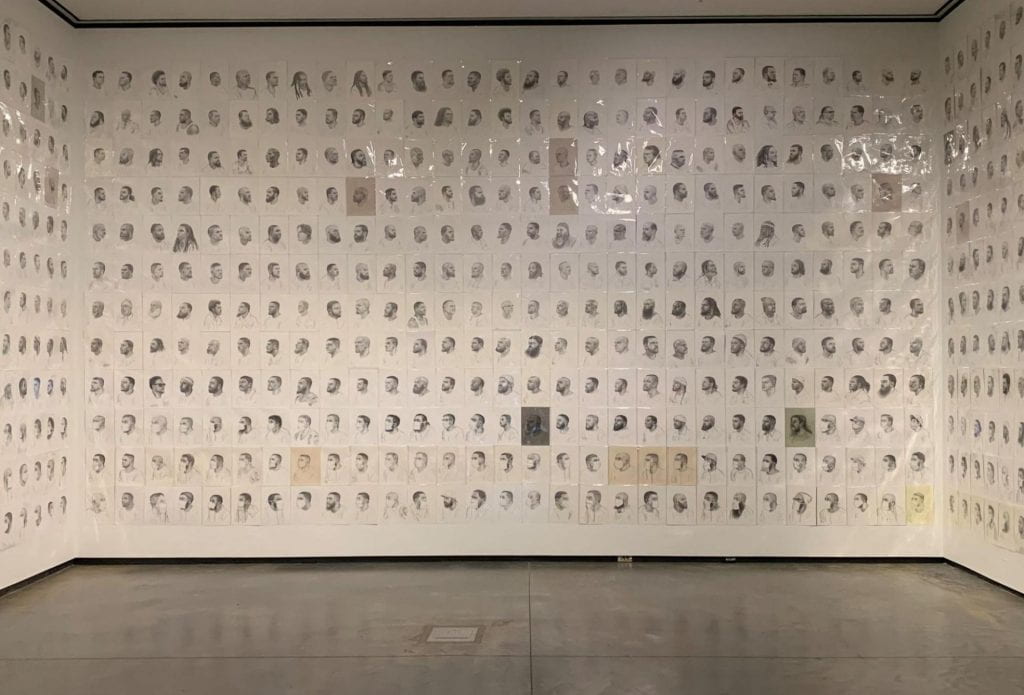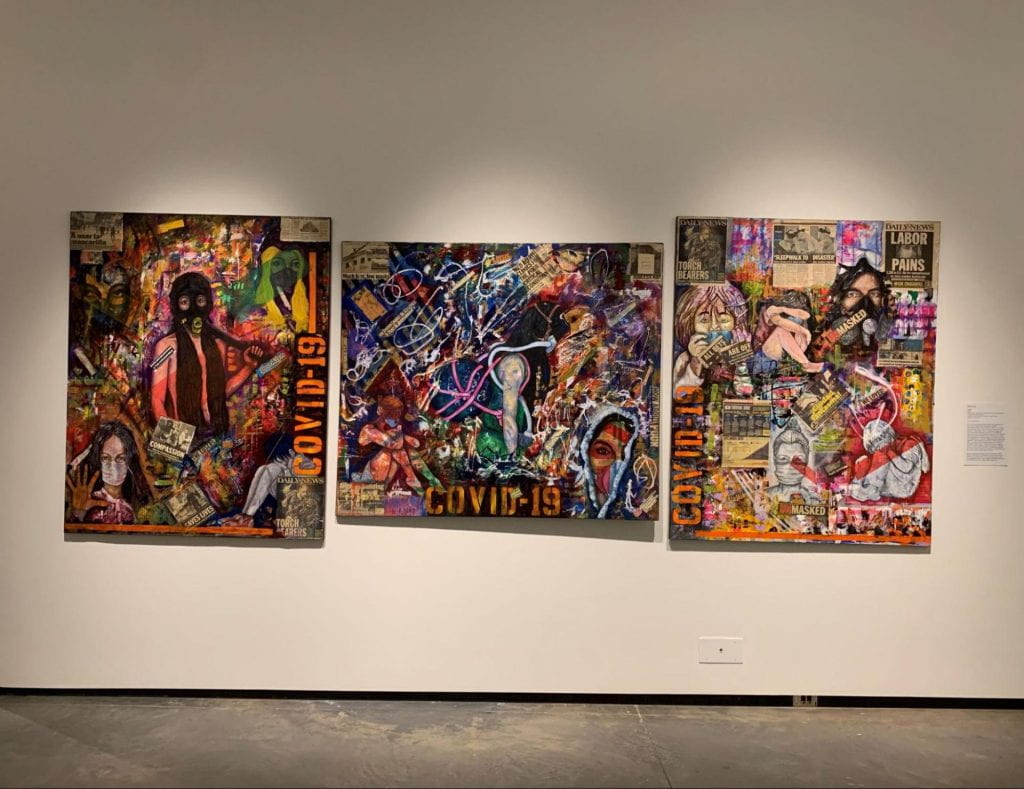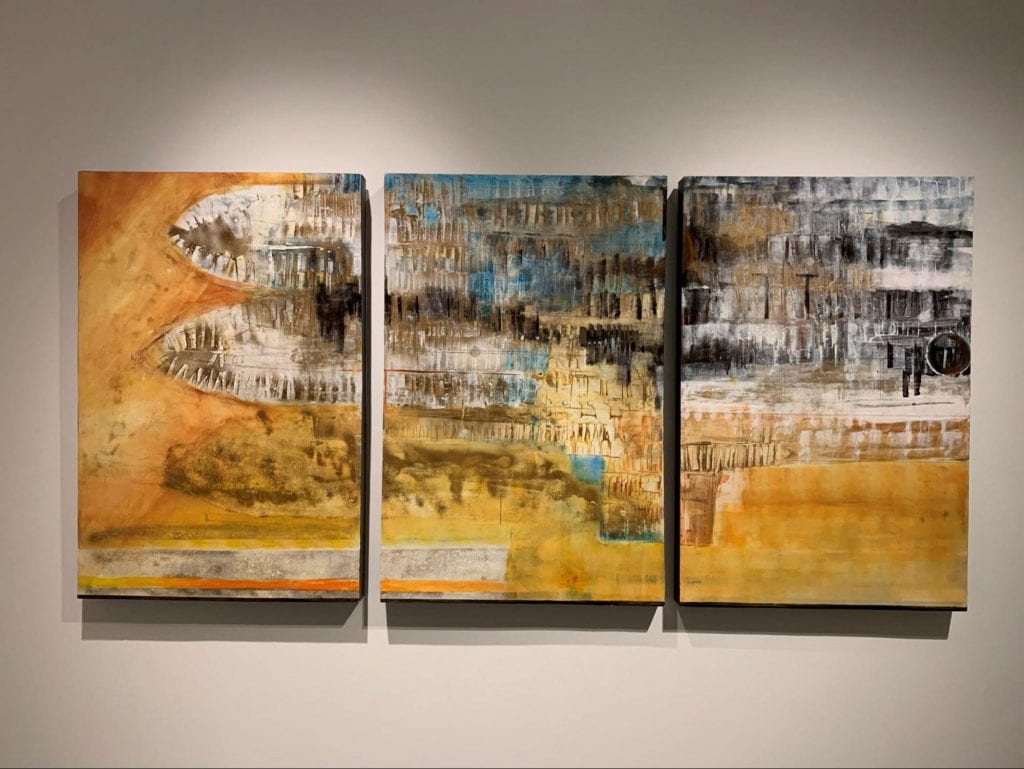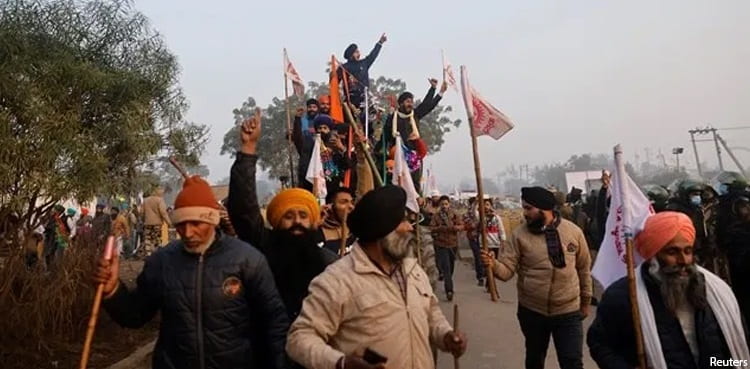Arbitrarily detained, beaten in prison, exiled, and stripped of their nationality has become a common experience for activists in Nicaragua. This is the case of Kevin Solís, who was arbitrarily detained twice; in 2018 for allegedly obstructing public services and carrying a firearm, and later in 2020 for alleged robbery and assault. The United Nations Working Group on Arbitrary Detention determined there had been irregularities in the legal procedures of Kevin’s case, a violation of his legal rights, and a concerning threat to his rights to life and integrity. Along with Solís, another two hundred political prisoners were released in 2023, some of whose citizenship was later revoked. Nicaraguan president Daniel Ortega’s war against NGOs is rooted in his plan to crush opposition to his leadership and avoid responsibility for human rights violations.
But how did Nicaragua get to this point?
2018 was the start of a large and violent retaliation of the government against protestors. However, 5 years prior, discontent was already blooming in the Nicaraguan people’s hearts. The Nicaraguan Congress passed, on June 13, 2013, a law that affects the future livelihood of many communities, Law 840. The law deals with the development of infrastructure and free trade zones. As a result of this legal advancement, communities would be pushed out of their homes to accommodate ‘new and improved’ facilities. According to an Amnesty International report, Law 840 allows the government to authorize the construction of projects without consulting the communities that would be affected. Among those is Francisca Ramirez, whose community learned about a new project approved through Law 840 in a televised announcement by President Ortega. To their surprise, the president had sold the land they lived on to foreign investors for canal construction and subsequent amenities. Francisca and her community, along with other human rights activists, took their concerns to the streets to advocate for their rights and oppose the Canal. Yet, they were met with threats, harassment, and arrest.
Protests of 2018
Localized demonstrations in response to President Ortega’s actions continued until 2018 when large-scale protests exploded in the streets of Nicaragua. The Nicaraguan people responded negatively to the new changes the Ortega administration implemented to the social security and pension system. However, it wasn’t all about social security. Previously, widely censored media was combined with excessive use of force by police officers who were firing tear gas and rubber bullets at protestors. Hence, years of corruption and repression of peaceful protest made the population join the rally against the new social security measures. Human Rights Watch reported on the injured and death toll after initial protests, in which the Nicaraguan Red Cross claimed to have helped 435 injured people between April 18th and 25th, while the CIDH listed 212 people dead between April 19th and June 19th, 2018. In this same report, it is stated that Nicaraguan newspapers that spoke about the protests and the death toll were later impacted by the government’s agenda against media outlets that didn’t back up President Ortega. Independent and critical newspapers like El Nuevo Diario had been unable to access paper and supplies due to a blockade on imports imposed by the Ortega administration, said Carlos Fernando Chamorro, an exiled journalist and director of El Nuevo Diario. Chamorros’ exile follows the trend of journalists and communicators who have been imprisoned and forced to leave the country to speak against Ortega.

What does the Government have to say?
The Ortega administration made several claims invoking laws that have increased monitoring, making NGOs’ work more difficult and giving the government grounds for forced dissolution. A legal framework was created to regulate organizations and individuals that receive foreign funding and utilize those funds to attempt to undermine the nation’s sovereignty and independence. Among some of the requirements, organizations need to present monthly reports of who their donors are or their source of income. For NGOs, this law means that whoever receives foreign funding or fails to report accurately would be stripped of their political personality. And this is exactly what happened. Invoking this framework, it was stated in an official release that the organizations had not complied with the law by reporting their finances, which also led to accusations based on money laundering laws.
The pro-Ortega news outlet La Nueva Radio Ya called the 2018 protest a “coup” orchestrated by NGOs associated with organized crime and international organizations like the OEA (Organization of American States) and IACHR (Inter-American Commission on Human Rights) who want to push an imperialistic agenda into the Nicaraguan people. The article dismissed the reasons for the protests as well as the number of injured and dead protestors. Instead, it focuses on the number of police who were injured and killed, claiming there was never such an assault against the national police force, which in turn shows that the protests were not peaceful. Equally, it holds that the “failed coup” led to kidnappings, assaults, torture, murder, and a great impact on the jobs and the incomes of many families.

NGOs have faced villainization and limitations of their funding and activities because they were thought to be too politically involved. Staying on trend with other democracies and post-soviet governments, after the events of 2018, Daniel Ortega’s administration escalated violations of free speech and freedom of assembly, starting a public crackdown on individuals and groups who spoke against his leadership. In addition to the medical associations, climate change, education, and more, one type of largely targeted NGO was religious. So far, clergy members have been imprisoned and exiled, catholic churches and universities have shut down, and the legal standing of charities has been revoked. On the last round of suspensions on August 19th, 2024, hundreds of the 1,500 NGOs were small faith groups whose property may be seized.
Ronaldo Alvarez, a Nicaraguan bishop, put a target on his back after speaking on human rights issues and the retaliation of the government against religious organizations. He was under house arrest in his home and later at his parent’s house while he was investigated for inciting violence. The priest was later accused of “conspiracy against the government, carrying out hate acts, and damaging society.” Others, such as priest Oscar Benavídez, were indicted at the prosecutor’s office on unknown charges.

Reactions of the International System and Future Implications
The United Nations General Assembly released the resolution 49/3 calling for the protection of human rights in Nicaragua. The resolution includes requests for the Government to fully cooperate with the monitoring and reporting of human rights, including the free passage of human rights groups to assess the country’s conditions. The Inter-American Commission of Human Rights (IACHR) has also pronounced itself on the crimes against humanity perpetrated in the state and encouraged accountability for human rights violations. The press release cited the impactful reports it had filled on the closure of universities, crackdown of media outlets, and repression against Indigenous and Afro-descent who opposed the government. At the same time, the IACHR followed suit; the U.S. imposed sanctions and additional actions, such as visa restrictions on Nicaraguan officials who were involved in the imprisonment and violence against religious institutions and religious leaders. The international system is concerned with the violent developments in Nicaragua and the lack of accountability. However, the ability of international instruments to punish is limited, and without the cooperation of the rest of the international community, Nicaraguans won’t receive much outside help.
No NGOs to advocate for the rights of the people they protect means there are no organizations with enough structure and funding that can help people in a situation where the oppressor is the state. These groups were able to provide individuals with resources and programs that the government didn’t or was unable to. Now, their access to the safe spaces NGOs create is rapidly crumbling down. The persecution of NGOs should be addressed by a large number of actors in the international system to apply pressure on the Ortega Administration and support Nicaraguans. Although the fate of Nicaraguan-based NGOs is uncertain, check out other organizations that survived the last wave of suspensions, like El Porvenir (The Future).

